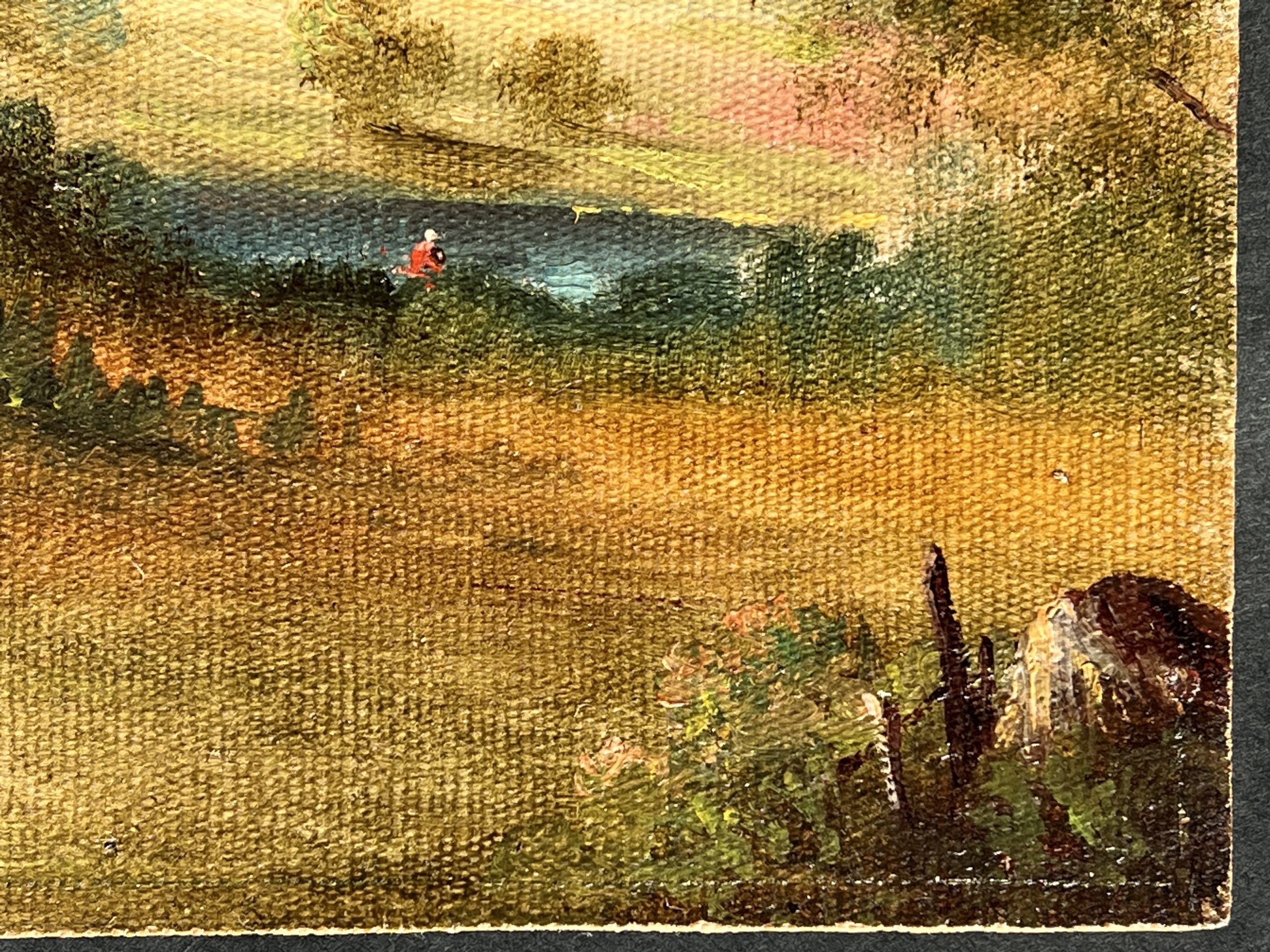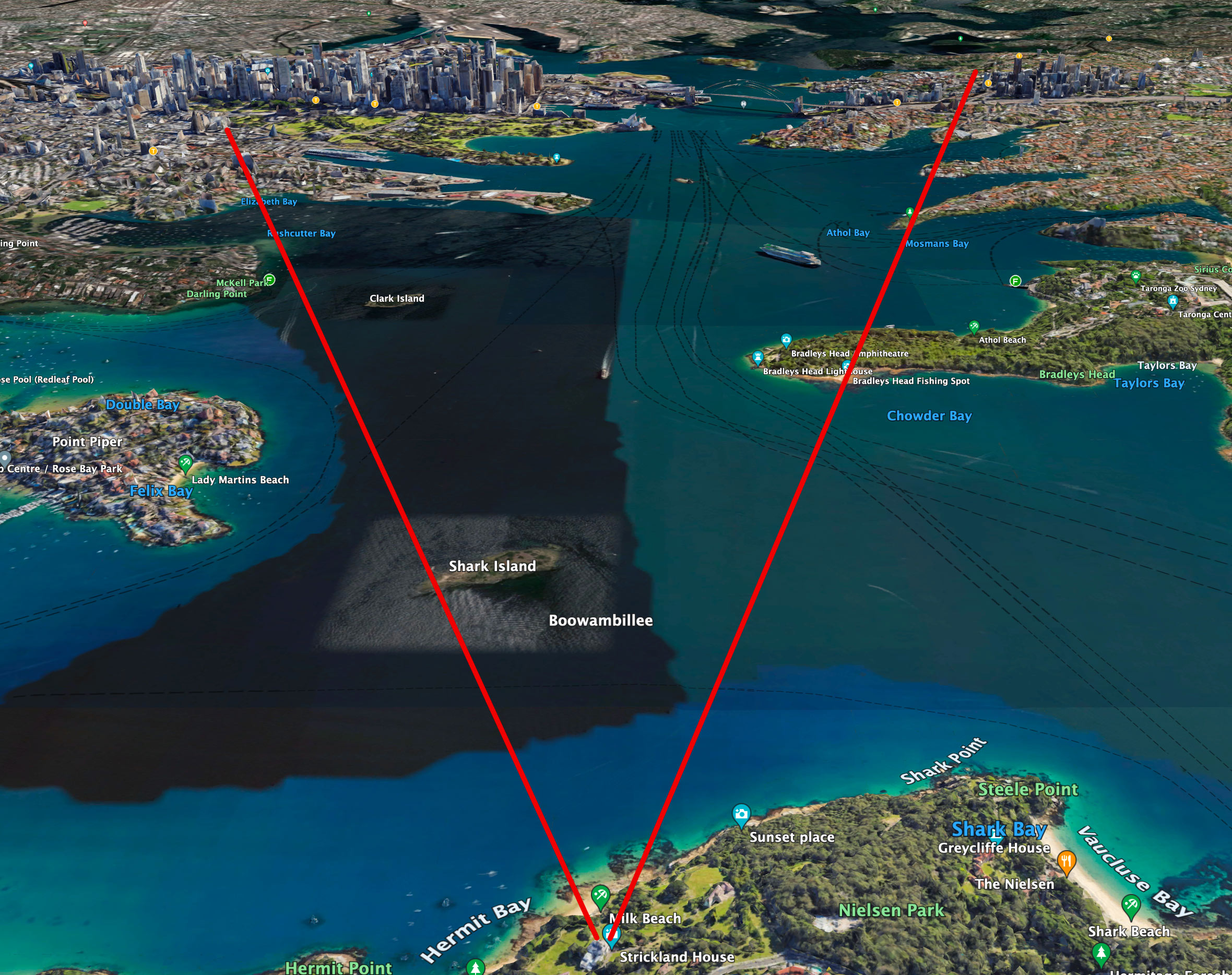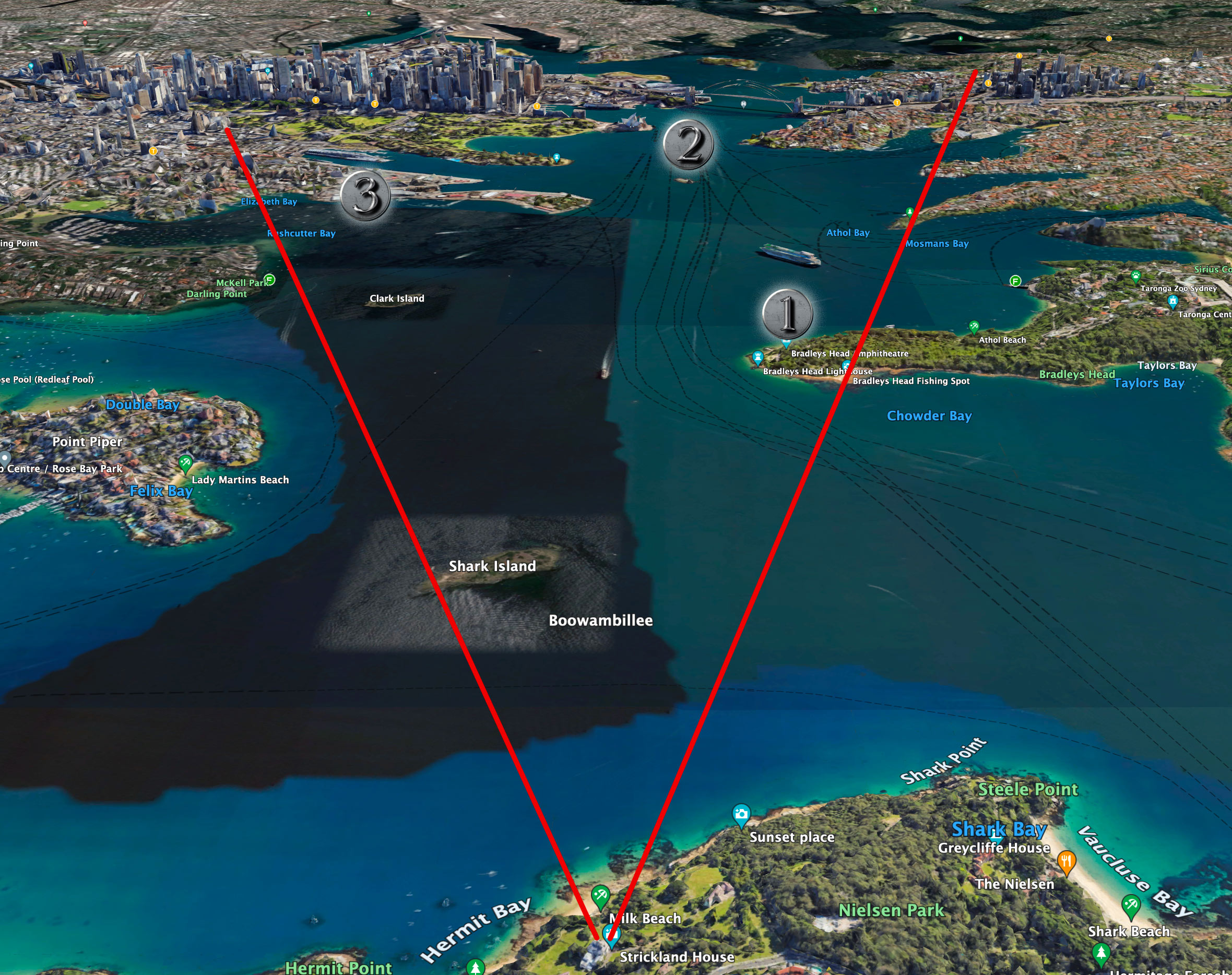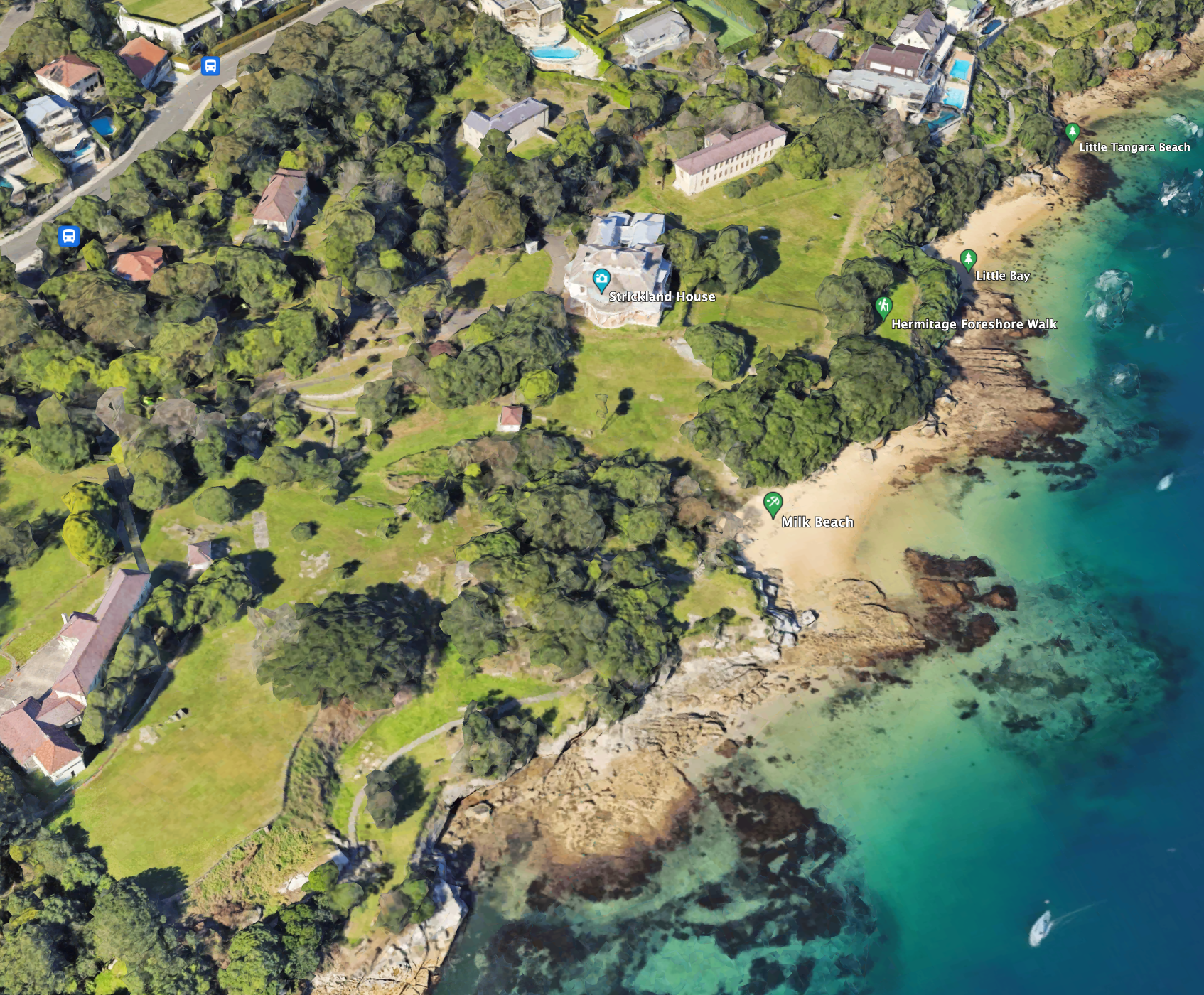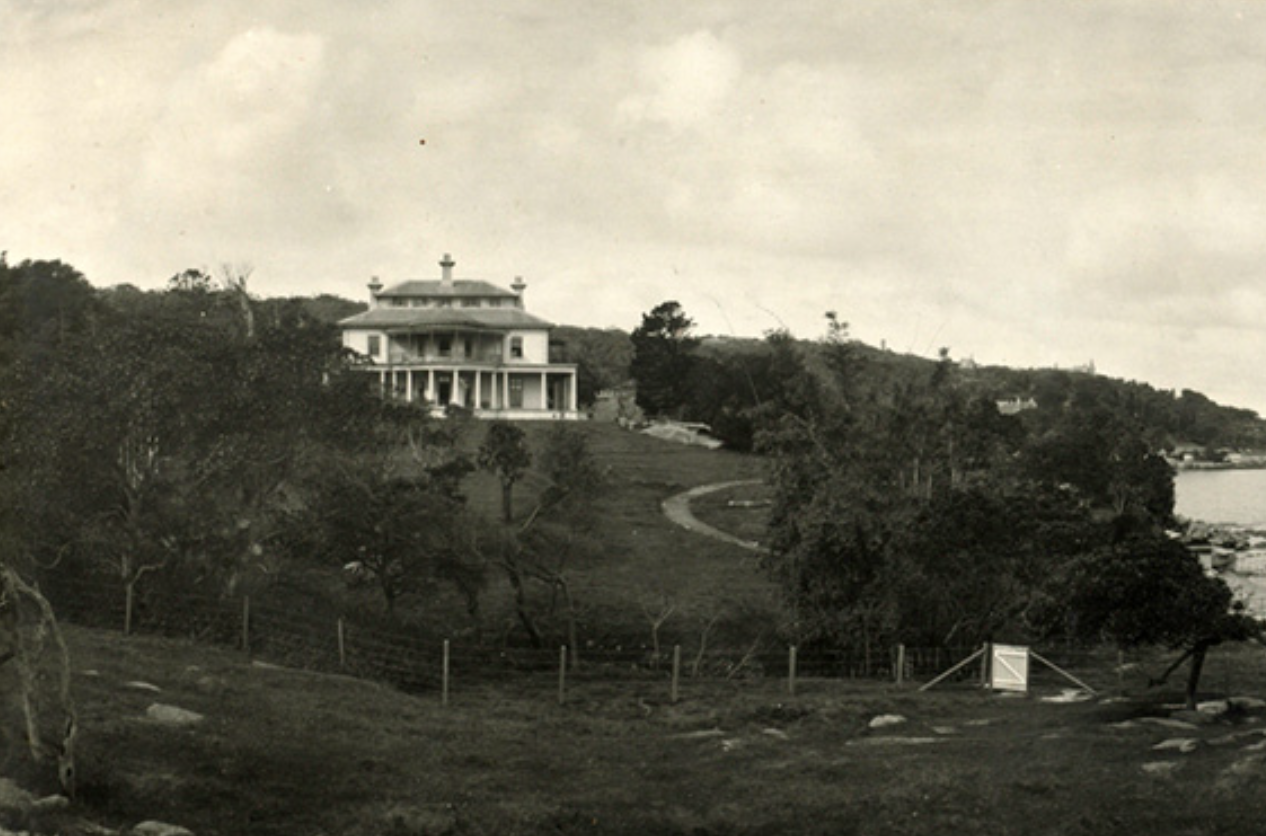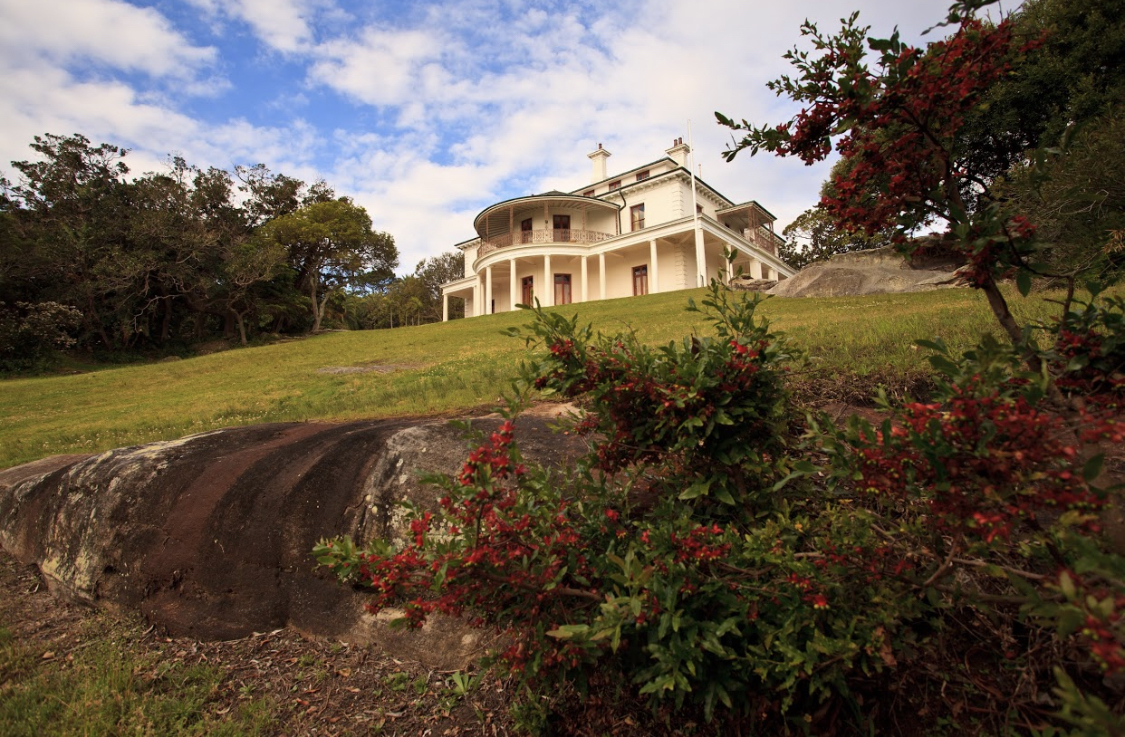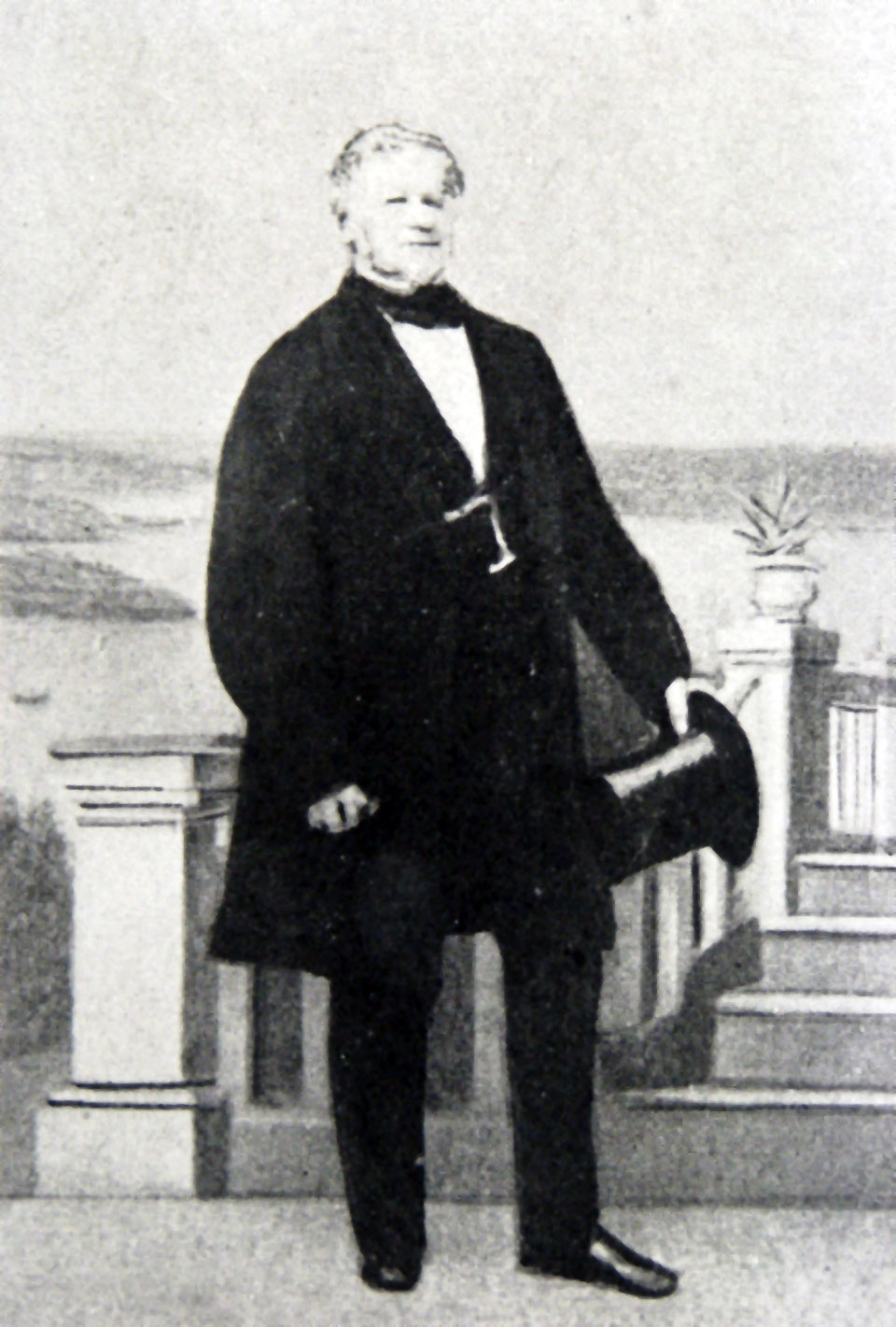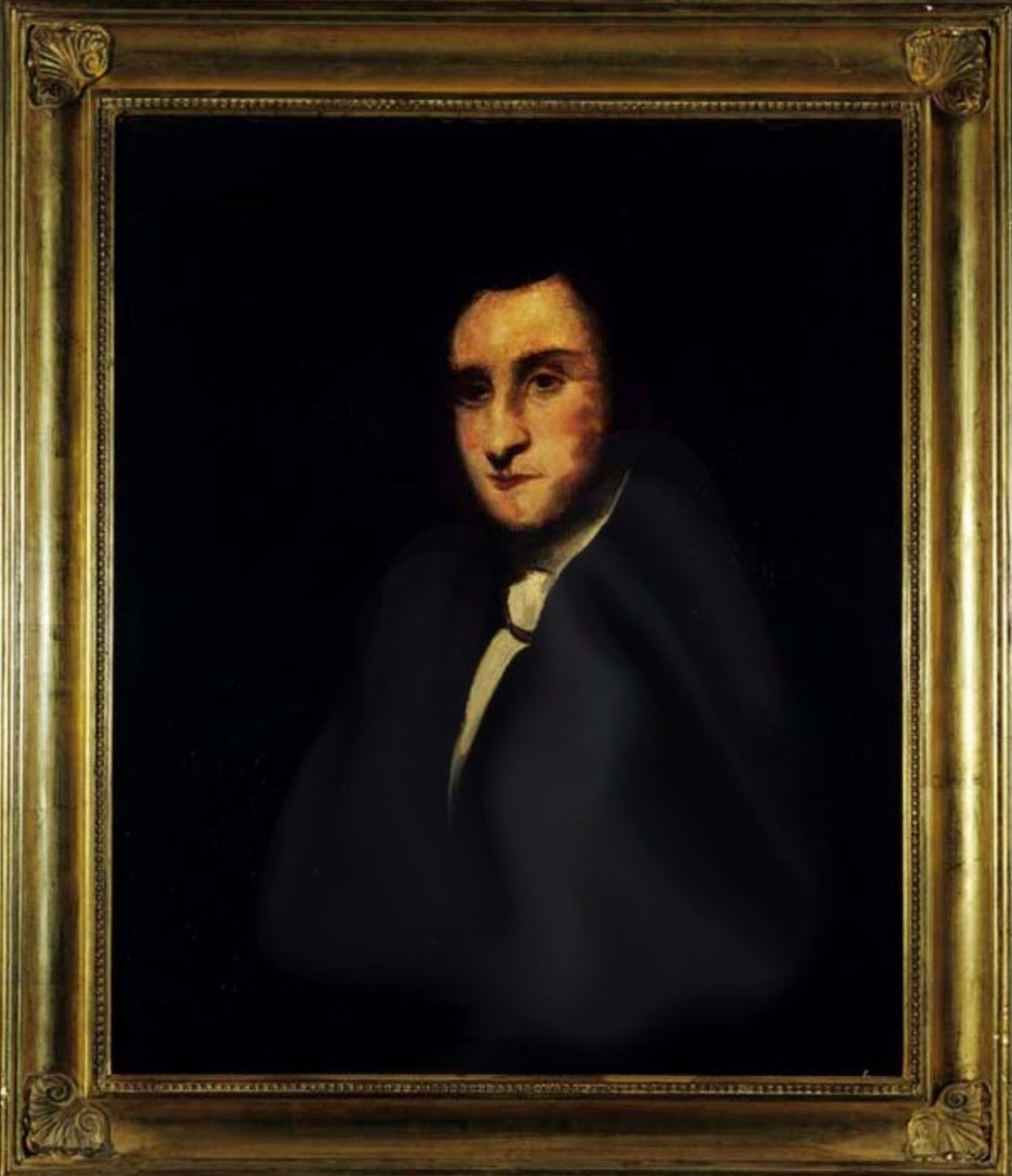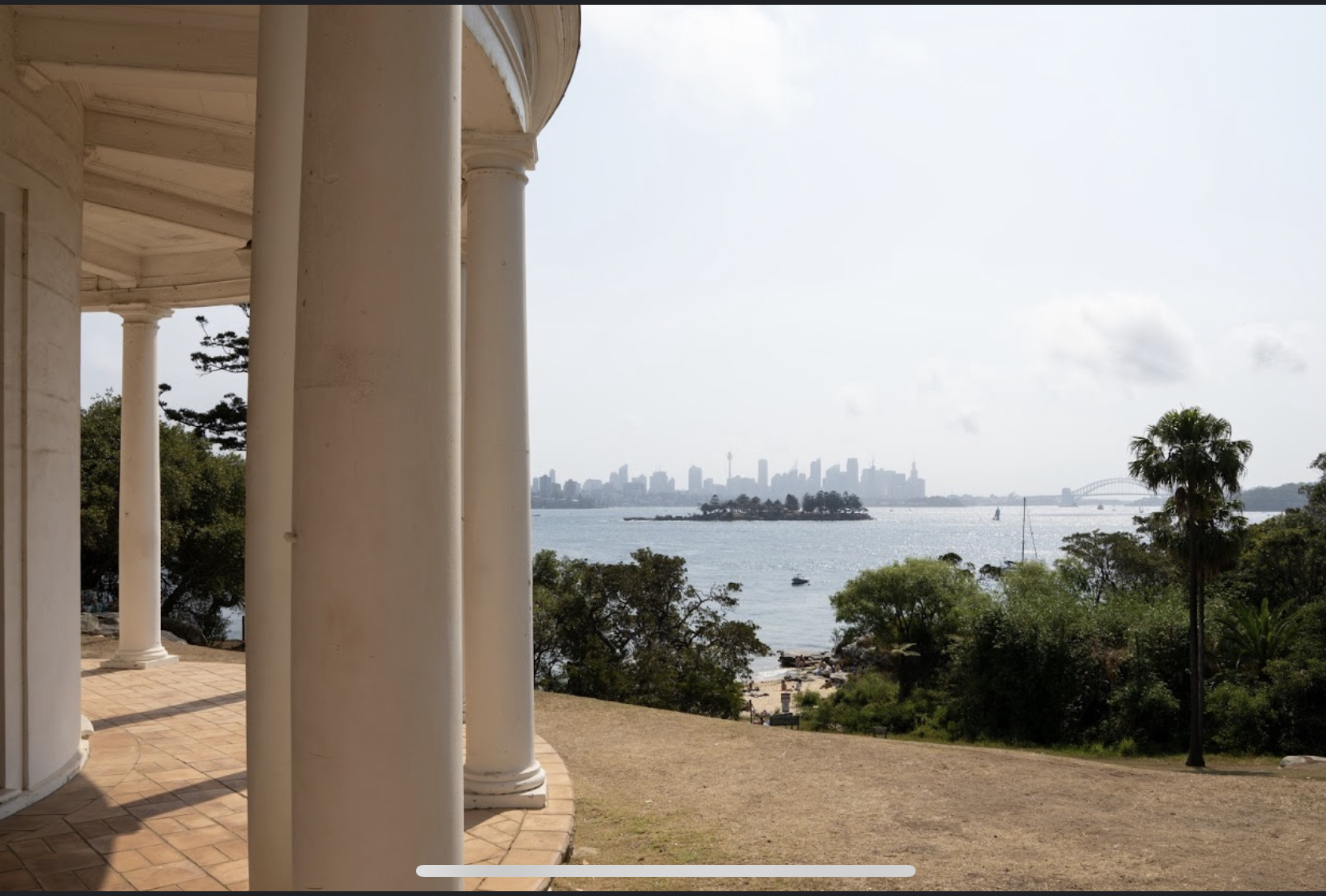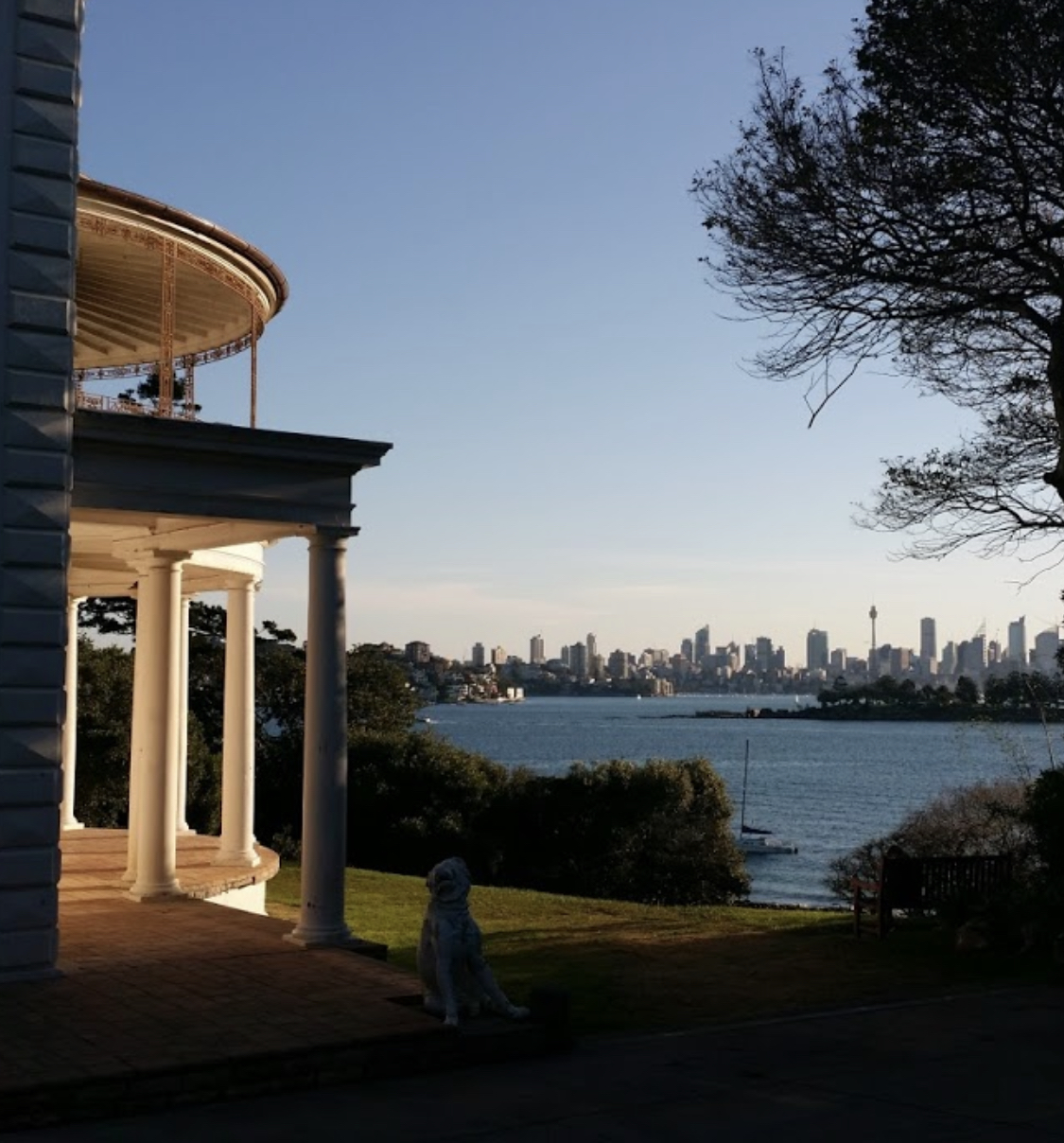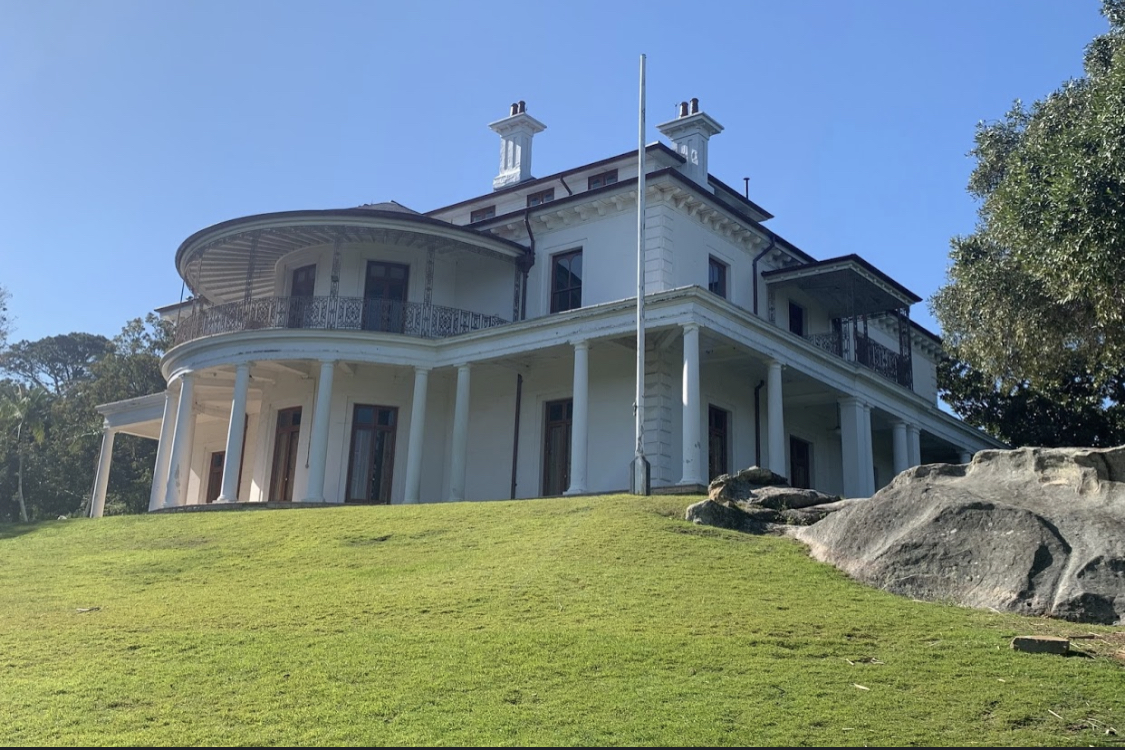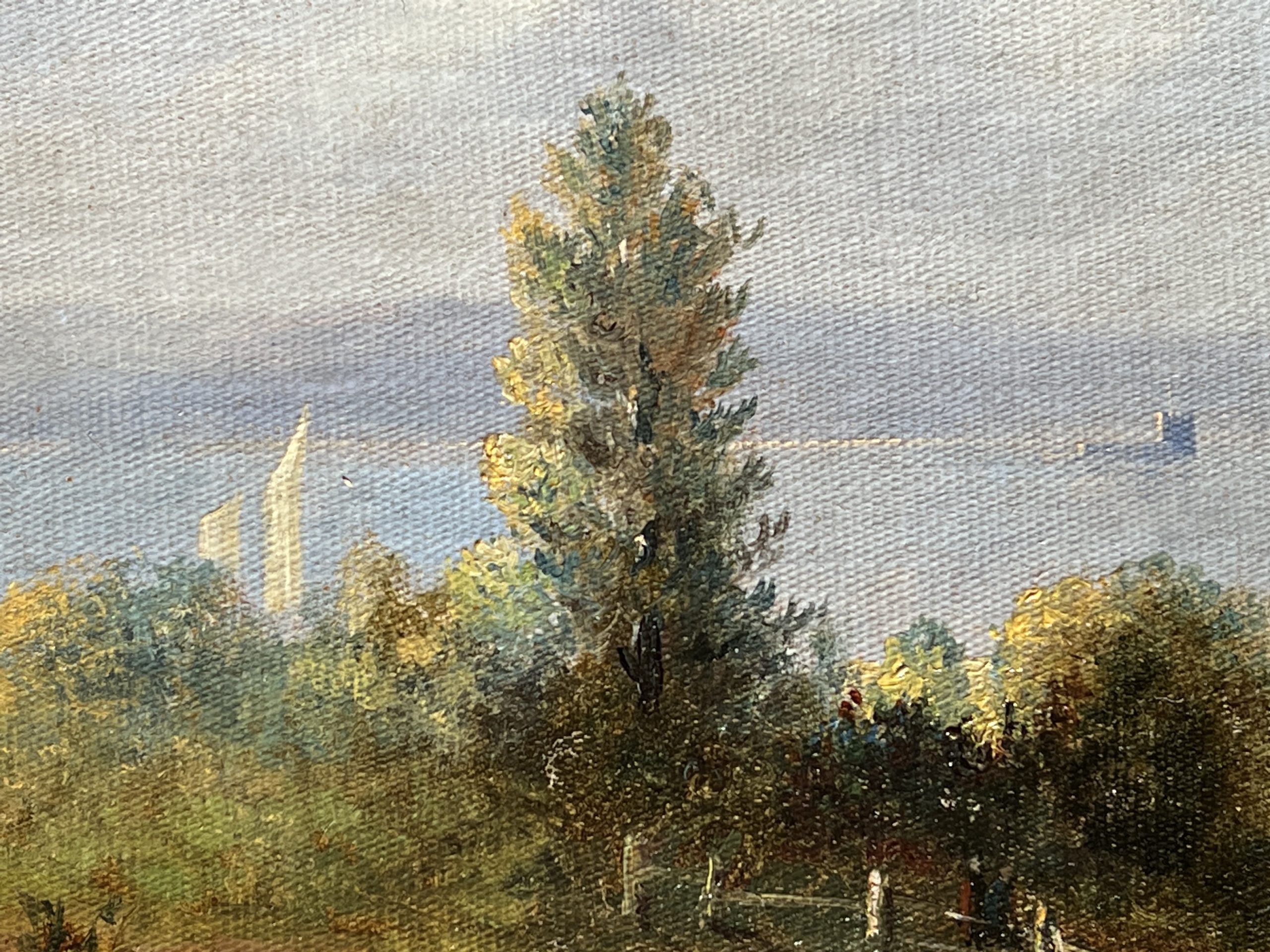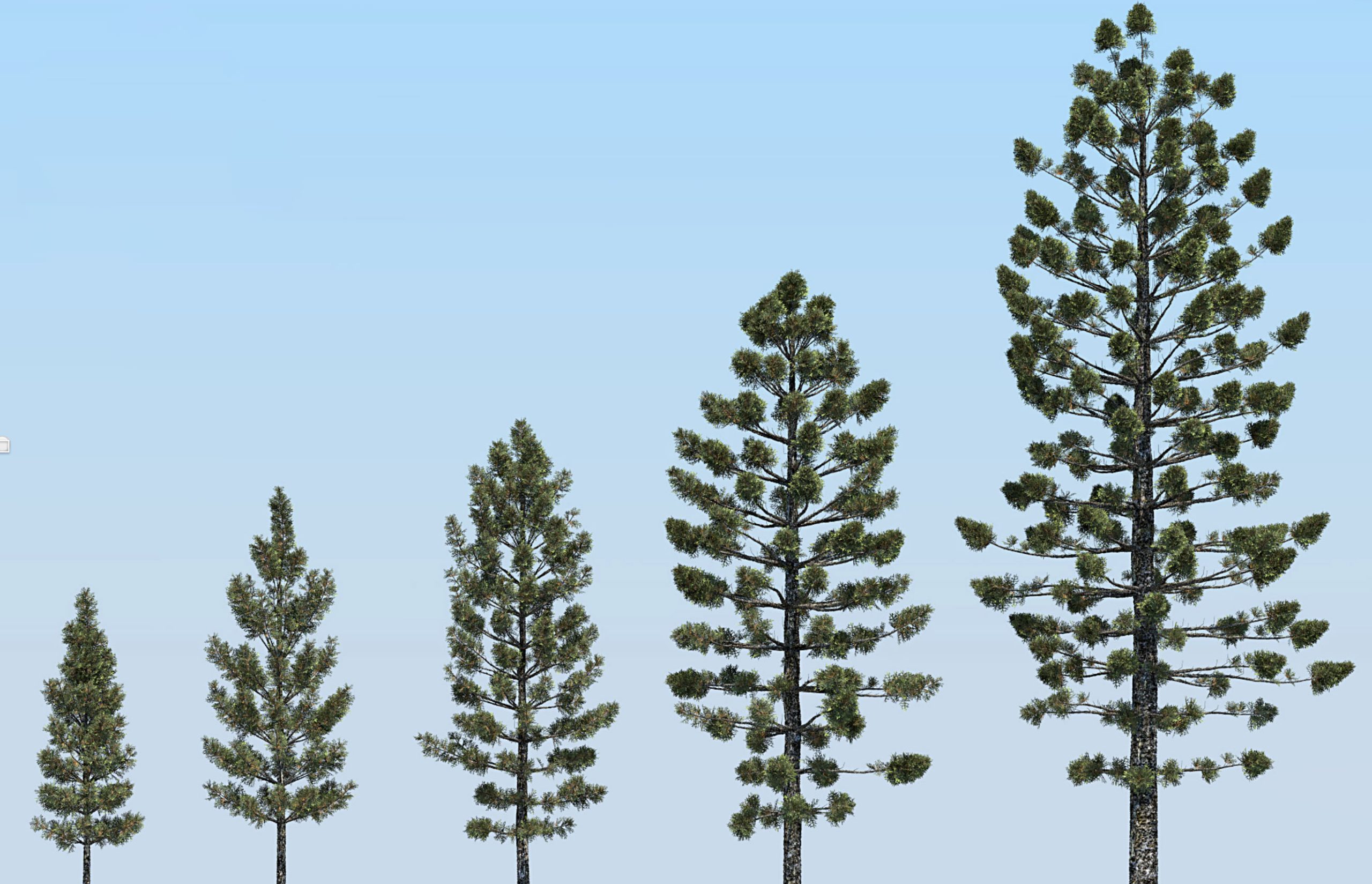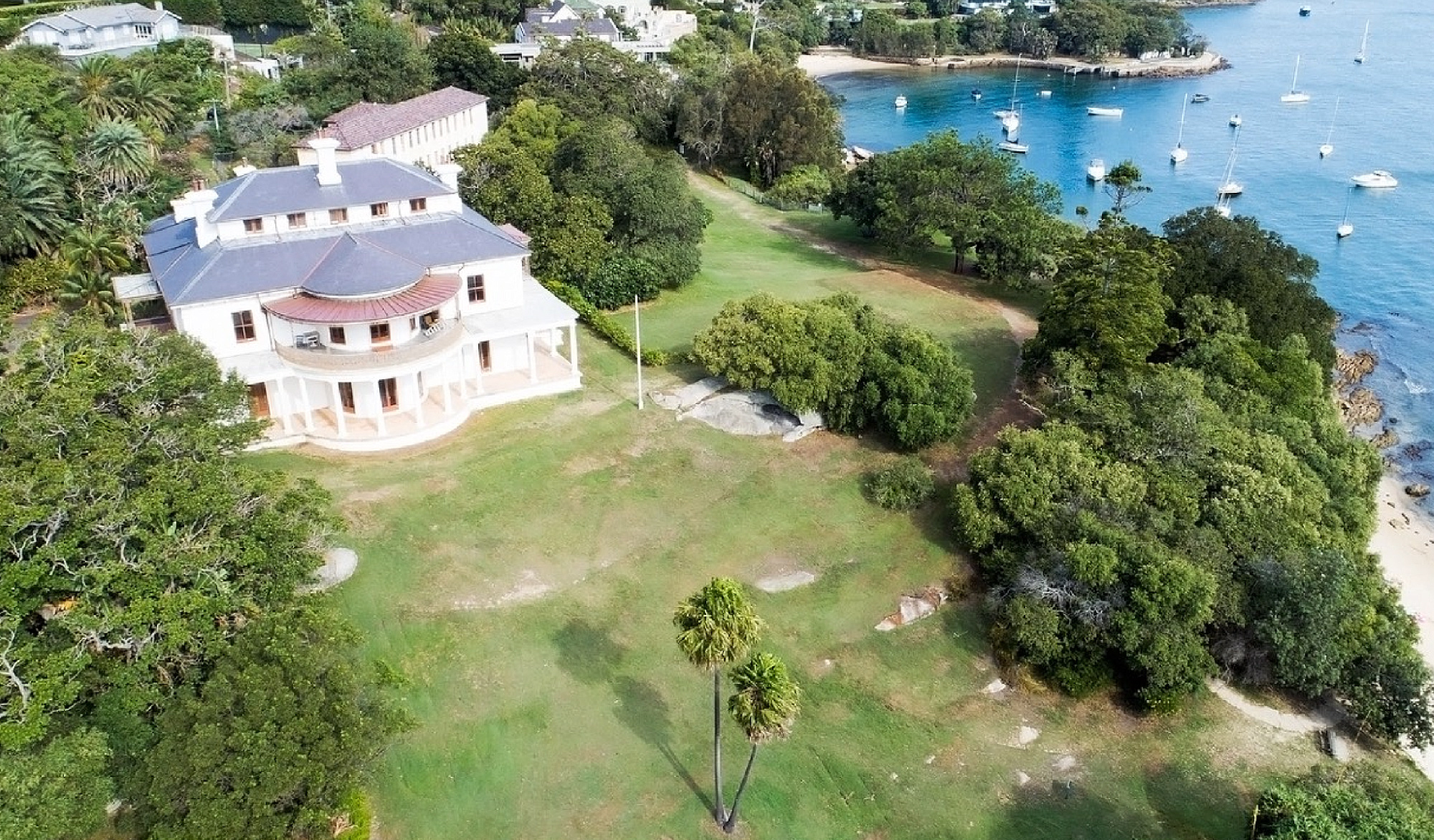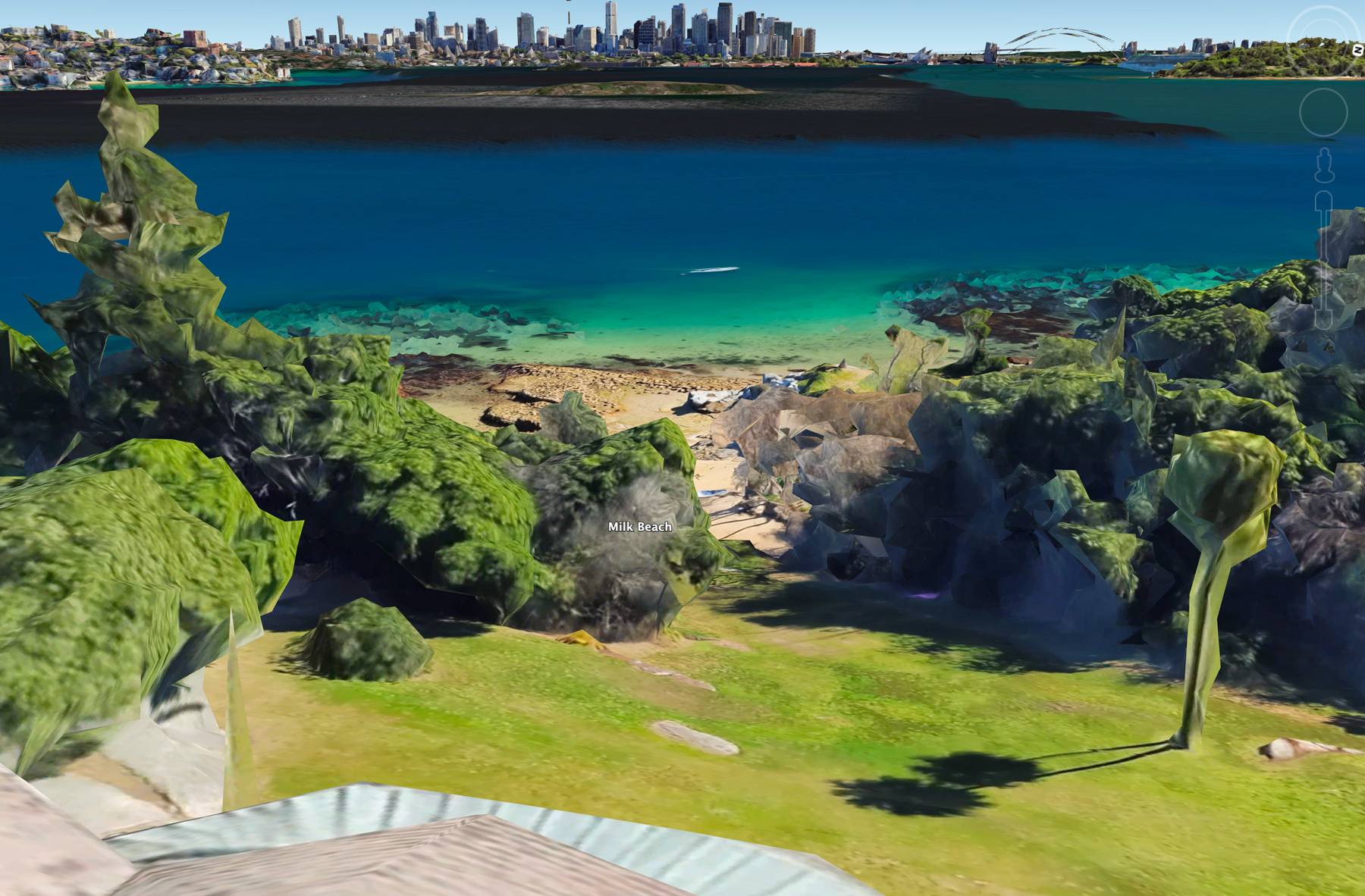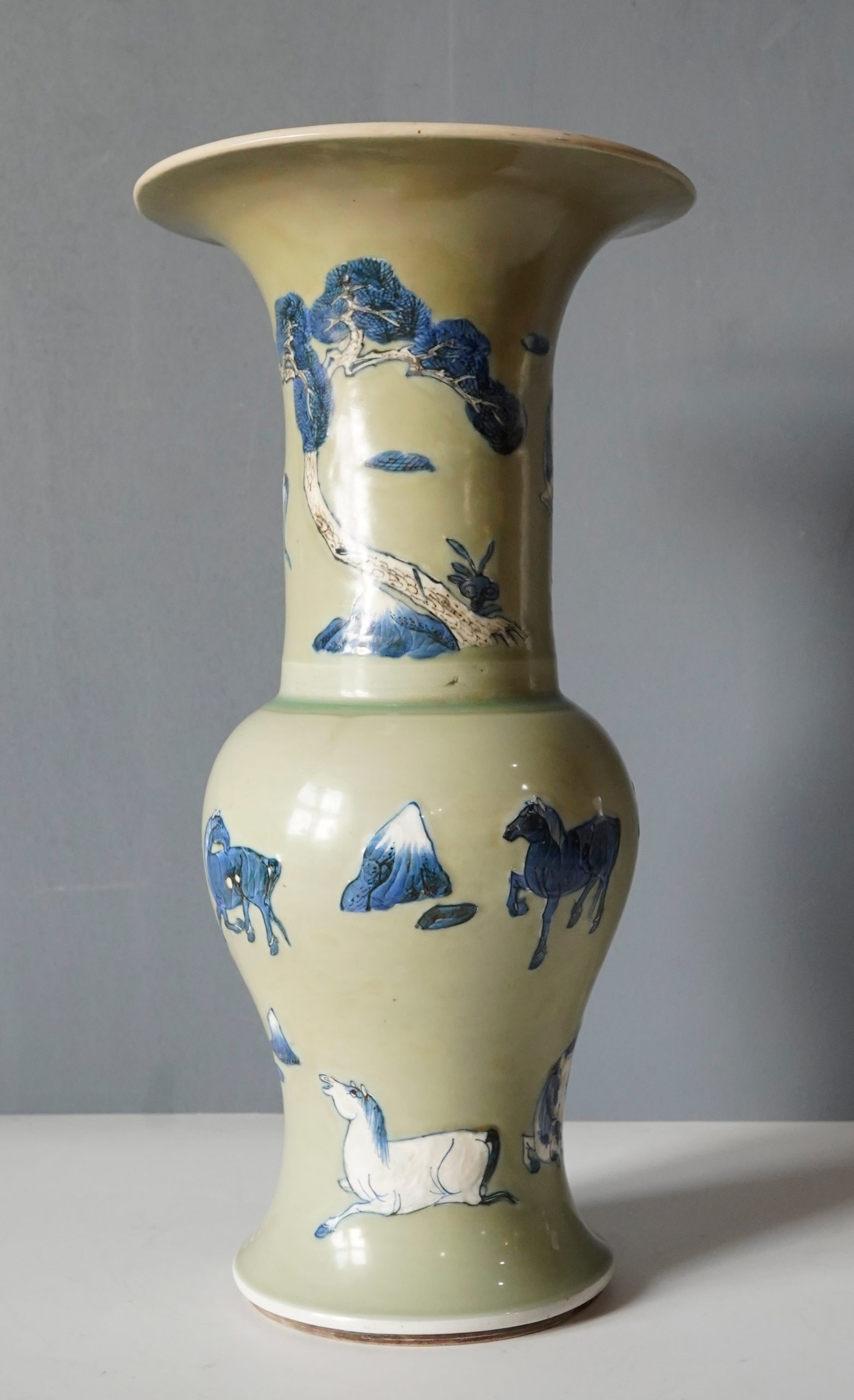
Colonial Work by COnvict Artist
Fresh Discovery: George Edwards Peacock Oil
A highlight of our upcoming Australiana sale is an oil by convict artist George Edwards Peacock. Fresh to the market and rarely seen, it is a fascinating journey to explore the work – discovering who his patron was, by pinpointing the exact location the work was painted.
Explore the clues of attribution
Colonial View of Sydney Harbour
This interesting oil painting was purchased by the present owner in the 1990’s, in Sydney. It’s obviously an actual landscape, and with the water, cliffs, and very distinctive fort in the middle, it’s no guesswork to identify it as Sydney Harbour.
Pinpointing the Location
By examining the geography of the scene, it is possible to work out the location of the artist when he created the scene.
- The cliff of Bradley’s Head
- Fort Dennis (‘Pinchgut Island”)
- Distant Blue Mountains, and shoreline of Elizabeth Bay

- The cliff of Bradley’s Head
- Fort Dennis (‘Pinchgut Island”)
- Distant Blue Mountains, and shoreline of Elizabeth Bay
The area of interest is in Vaucluse, where a magnificent view can still be enjoyed from an area of public parkland, above Milk Beach.
These are the grounds of one of Sydney’s grand old colonial houses – Strickland House.
Carrara House, Vaucleuse – left in the 1920’s, right more recently – now known as Strickland House.
"Carrara House" - now named "Strickland"
The grand old harbourside house now called ‘Strickland House’ is still there, owned by the Government with the grounds kept as public space.
John Hosking
John Hosking of Carrara was certainly a character: from humble beginnings, he had a ‘rags to riches’ story that allowed him to build & decorate Carrara in an opulent manner. He also managed to avoid bankruptcy – it seems assets were in his wife’s name – but it all ended in 1876, when a “Fine Collection of a Gentleman” was sold by public auction.
The list includes ‘Art Objects of Universal Interest’, the auctioneers Bradley Newton & Lamb proclaiming:
“…it is evident that the various continental and European capitals must have been well ransacked to have secured and brought together so many rare and astonishing works of high art. We consider this one of the most remarkable and important sales entrusted to us during our long auctioneering career’ !
There are endless statues, busts, ‘Pompeii vases’, bronzes, and grand furniture. A fine section of rare old China from Dresden, His Splendid collection of Antique China from Pekin, His Rare Collection of Old Curios from Japan….”
The list includes “His GALLERY of VERY FINE OIL PAINTINGS, of the French , Italian, and Flemish Schools.”
Clearly he was set up in his beautiful mansion by the harbour as a ‘patron of the Arts’.
Ex-Convict George Peacock – like his contemporary, Conrad Martens – painted a series of other views in this same part of Sydney Harbour, both of the houses of patrons, and the view from the patron’s house.
The attribution of this work to George Peacock follows this same pattern.
Hosking soon settled into Sydney society, making money and rubbing shoulders with the new ‘Society’ that was developing in Sydney. Carrara House was built to impress, and the contents to show a sophistication that included interest in the Arts.
Having an artist paint one’s house was a natural continuation of this theme, as evidenced by other Peacock works in the region, and of course with the parralels that can be seen with the work of his contemporary, Conrad Martens.
A view from the house was also something that a wealthy merchant like Hosking would desire, showing him to be a true ‘Patron of the Arts’.
In the foreground there are a number of features in the landscape. Using these, we have been able to further refine the artist’s viewpoint.
The Artist's Location: following the clues...
Notice the large rock in the image above?
Referring back to the painting, we can see a feature in the place it would be: a post-and-rail fence – no doubt sited along the top edge of the dangerous drop to stop anyone from falling.
The other rock in the painting is also still there. In the far right of the view from Carrara House, it appears on the left in current photos.
In the image below, you can see it (circled) – along with two other notable features: the large rock (centre arrow) which has the fence in the painting, and a distinct tree (right arrow) which corresponds to the tallest tree in the work.
The Tree
The distinct tree is the largest in the painting. Located just beyond the fence/rockface, it corresponds to an existing tree in the current grounds, still the largest. This present tree has a distinct appearance, with tufts of foliage on the end of bare radiating branches – different to the compact foliage in the painting. However, an investigation into the growth pattern of the present day tree – a Hoop Pine – reveals a distinct change in appearance according to the age of the tree. More on that below when we date the piece.
The life -span of a Hoop Pine
This diagram shows the progress of a Hoop Pine, the species of the tree in the foreground. From the compact young tree, there is a stage at 10-20 years that matches the tree shape in the painting. Fast-forward to the present, and we see the Hoop Pine in an advanced state, the 100+ years shape is spindley foliage on the ends of long thin branches.
This tree would therefore have been planted in the 1840’s – been 10-15 years old when Peacock painted it – and is now around 180 years old. It’s a remarkable ‘living clue’ thst has somehow survived.
The Artist's Viewpoint
Tracking the viewpoint to an exact location due to the still-evident features allows us to further refine the ‘location’ to an exact part of Carrara House: left-side (when facing towards the harbour) of the graciuous curved facade. More specifically, the lay of the land below, with a glint off a backwater that still exists at the rear of Milk Beach, shows a higher viewpoint, meaning the left hand verandah on the first floor. This would, of course, be a most suitable place for a visiting artist to set up his easel.






